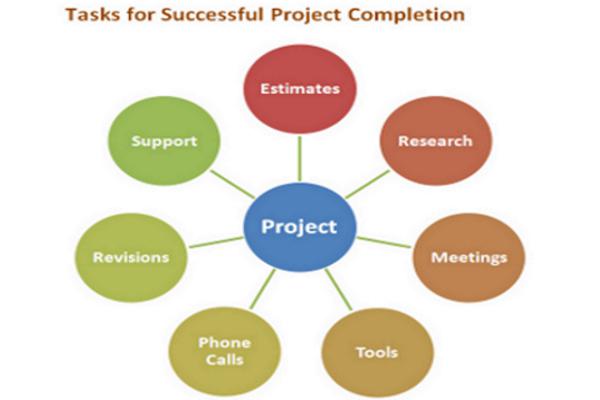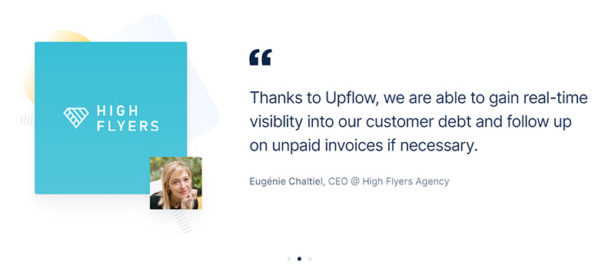The client snarled, “there’s no way I’m paying extra for that.” He was referring to the time I would need to research his rather complicated project.
Have you ever been challenged by a client for including certain tasks on your invoice?
Pricing services is one of the most difficult tasks most freelance web designers face. Not only are there many different schools of thought on how to price web design services, clients sometimes fuss about work we bill them for.

Most freelancer web designers realize they shouldn’t work for free or on spec. But many have questions about what activities they should bill to clients.
In this post, I list seven common project-related tasks that clients often question. For each task, I discuss whether a freelancer should bill the client.
If you liked this post, you may also like 12 Realities of Pricing Design Services.
The Pricing Problem


What aspects of a project should be billable? Should you charge for the time you spend on an estimate? What about the time you spend on the phone with a client? Should a web designer charge for technical support provided after the project is completed?
There are many differing opinions about what a freelancer should include in their price. Some bidding sites actually track what a freelancer does on their computer and use that information to calculate how much money the freelancer receives.
What to include on the project’s bill can also be an issue when the freelancer provides an itemized invoice. The client may feel that they can lower the price of the project by removing what they view as an unneeded part of the project from their invoice. My client above was a prime example of that kind of thinking
Successful project completion requires many different types of tasks, even if their importance or relationship to the project isn’t obvious to the client.
Related: How to Say “No” to Bad Clients
Task #1. Estimates
Developing an accurate project estimate is the first step to project success. The more accurate and more detailed your project proposal is (which usually becomes your work agreement when the client accepts it), the better your project is likely to be.
Yet, the process of developing a good project estimate is time-consuming. From personal experience, I know that it sometimes takes several hours to put together a good project proposal.
Should you charge a client for that time?
I actually know of some busy freelancers who do charge a fee to prepare a project estimate. Charging for estimates can separate serious prospects from those who are just shopping around for the lowest price.
Many other freelancers, however, provide free project estimates to qualified potential clients. The choice is yours.
Task #2. Research
You’re an expert at what you do, but you don’t know everything. Clients sometimes want special features on their websites that you don’t normally provide. Sometimes those features are so unique that you need to do some research to learn more about them.
When this happens, should you charge the client for the time you spend on research?
Some clients don’t think so. Their reasoning is that you will use what you learn on other projects, so the research isn’t really specific to their project.
However, some requests are so unusual that it’s unlikely that you would ever receive a similar request from another client. Also, meeting one client’s special request doesn’t necessarily mean that you want to take your freelancing business in that direction.
Task #3. Meetings
Meetings are another one of those tasks that many clients do not want to pay for. Truthfully, some projects work out fine without any meetings whatsoever.
However, other clients schedule regular meetings with the freelancers they hire. This may be a personal preference on the part of the client. In some cases, when large groups of freelancers and employees are working together, meetings are a crucial means of making sure that everyone is on the same page.
Meetings, however, can take a lot of your time. That’s probably not time that you want to give away.
I always recommend that freelancers ask how many meetings are required when they define the scope of a freelance project. It’s better to find out that the project requires meetings before you start. Too many unexpected meetings can mean the difference between a profitable freelance project and working below minimum wage.
If you find out a freelancing project requires regular meetings, you have two options:
- Raise your quote for the project.
- Charge an hourly fee for the time you spend in meetings.
Task #4. Tools
This isn’t actually a task, but more of an expense. I’m referring to special tools that you purchase especially for a specific project.
The tool could be software that you buy, access to certain sites, and many other special purchases that you wouldn’t ordinarily make for your business.
Often the client doesn’t want to pay for such tools because you will keep the tool after you finish the project. However, if it is a tool that is absolutely required for the project it’s my opinion that the client should absorb the cost.
Task #5. Phone Calls
Some clients will never call you. They prefer to interact primarily through email, and that’s fine.
Other clients make the occasional call when it’s really necessary. That’s fine too.
Once in a while, you’ll get a client who loves to talk on the phone and will call you for every little thing. That’s not fine at all.
Whether the client really needs help or is just lonely, the result can be the same: constant interruptions and hours spent on the phone.
Here are four tips for handling excess phone calls:
- Avoid being on call. Make clients schedule appointments for phone calls through email.
- Refer them to email. Stress that email is the quickest way to get a question answered.
- Limit phone hours. Many freelancers schedule a short time each day when they accept calls.
- Bill an hourly rate. For extreme cases, you may have to bill the client an hourly rate for time spent on the phone.
Task #6. Changes to the Project
Scope creep can make or break a project. Scope creep refers to changes to the project or additions that were not included in the original project description.
Scope creep is one of the many reasons why you should have a contract or written work agreement. Make sure that your contract is specific about the work that will be included in the project. Add a phrase that states that additional work will require additional charges.
Some freelancers also include a statement about the number of revisions that they will perform as part of the project. My contracts, for example, include one round of minor revisions.
Of course, if the changes are to correct a mistake that you made, then you need to take care of it as quickly as possible.
Task #7. Technical Support
Do you continue to answer questions about your freelancing work long after the project is finished?
Some clients expect that you will make minor tweaks to their website and answer questions about it forever. They don’t expect to have to pay for this support either.
Related: How to Handle Your Unhappy Client in Five Easy Steps
Unfortunately, most freelancers can’t afford to provide unlimited free technical support. While it may seem like a good idea when you first start freelancing, once you’ve built up a significant client base the demands for support can overwhelm you.
The solution is to state in your contracts that support is provided free of charge for a limited time (maybe 30 days). After the specified period of time, state that the client can purchase an extended support package for the monthly fee of $xx.00
Your Takeaway
At the end of the day, freelancers need to earn a profit. If they agree to perform too many of these so-called nonessential project tasks at no charge to the client, they may find that their business is in trouble financially.
Ideally, a good contract should specify which services are billable and which (if any) are available at no extra cost to the client. The alternative is to not mention these services, but raise your prices to cover the cost of doing them anyway.
In the comments below, share how you handle billing for the various tasks we’ve discussed in this post.






